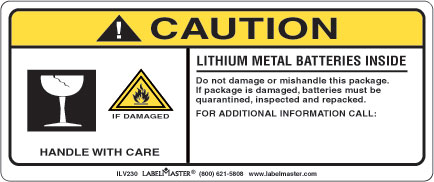 Igor Bimbaud, Director, New Energies
Igor Bimbaud, Director, New Energies
STMicroelectronics
With the Internet of Things predicted to reach at least 24 billion devices by 2020, one outstanding question is how to power all these devices connected to the cloud, and ultimately to us. Some of these devices will be directly connected to our homes’ electric lines, the long promoted Internet-connected refrigerator comes to mind. But many other devices will be portable or wearable and flexible, which, in addition to presenting power challenges, significantly restricts form factor and increases design limitations. This is particularly true of the new generation of wearable devices, which need to be fashionable as well as functional. Read more about Powering the Internet of Us …










 Igor Bimbaud, Director, New Energies
Igor Bimbaud, Director, New Energies
